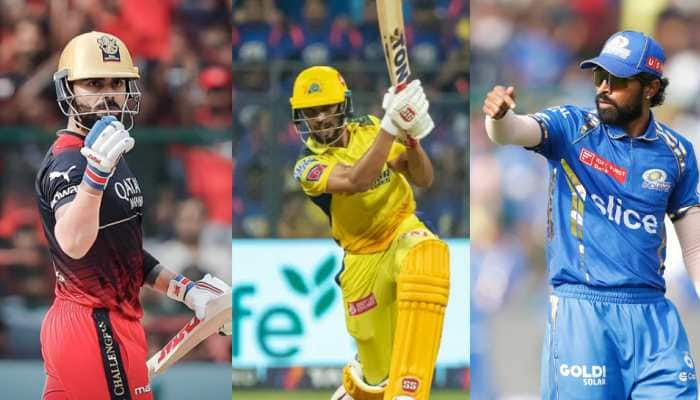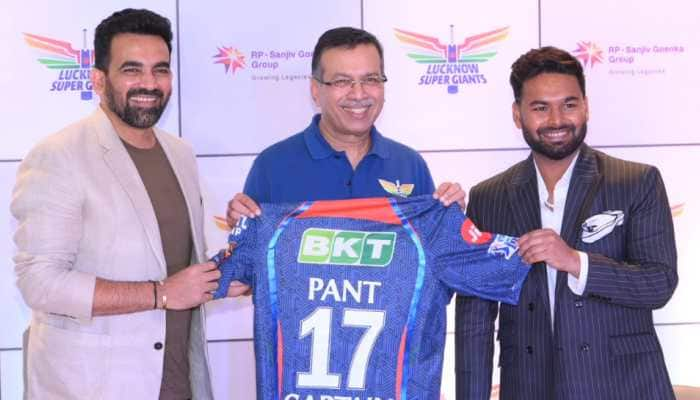August 21 total solar eclipse: Enhance your celestial knowledge before witnessing the magic!
The rare eclipse will be gracing the skies after 99 years and it's a once in a lifetime chance for people to view it.
Trending Photos
) Image courtesy: Pixabay
Image courtesy: Pixabay New Delhi: The most awaited celestial event of 2017 – the total solar eclipse – that is to take place tonight, has everyone in the space circuit including space enthusiasts all over the world buzzing with excitement.
The rare eclipse will be gracing the skies after 99 years and it's a once in a lifetime chance for people to view it.
Here are some simple questions that we feel should be answered:
What is solar eclipse?
A solar eclipse as seen from the planet Earth, is a type of eclipse that occurs when the Moon passes between the Sun and Earth, and when the Moon fully or partially blocks the Sun.
How to safely view a solar eclipse?
NASA recommends that people who plan to view the eclipse should check the safety authenticity of viewing glasses to ensure they meet basic proper safety viewing standards.
Besides that, they can also ensure that the eclipse viewing glasses and handheld solar viewers should meet all the following criteria:
- Have certification information with a designated ISO 12312-2 international standard
- Have the manufacturer’s name and address printed somewhere on the product
- Not be used if they are older than three years, or have scratched or wrinkled lenses
- Not use homemade filters
- Ordinary sunglasses – even very dark ones – should not be used as a replacement for eclipse viewing glasses or handheld solar viewers
Is it safe to look at a solar eclipse?
No, not with the naked eye. This is because staring directly at the sun can harm your eyes immediately and burn your retina, damaging the images your brain can view.
The only safe way to look directly at the uneclipsed or partially eclipsed sun is through special-purpose solar filters, such as “eclipse glasses”.
How do you photograph a solar eclipse?
Photographing an eclipse is possible with a common camera equipment.
In order for the disk of the Sun/Moon to be easily visible, a fairly high magnification long focus lens is needed (at least 200 mm for a 35 mm camera), and for the disk to fill most of the frame, a longer lens is needed (over 500 mm), according to Wikipedia.
You can also capture images through your smartphone, digital camera or tablet but make sure to plan ahead and set up your camera in advance.
However, experts suggest that if this is your first total eclipse, you should forget the pictures and just enjoy this incredible view.
Stay informed on all the latest news, real-time breaking news updates, and follow all the important headlines in india news and world News on Zee News.
Live Tv







)
)
)
)
)
)
)
)
)
)
